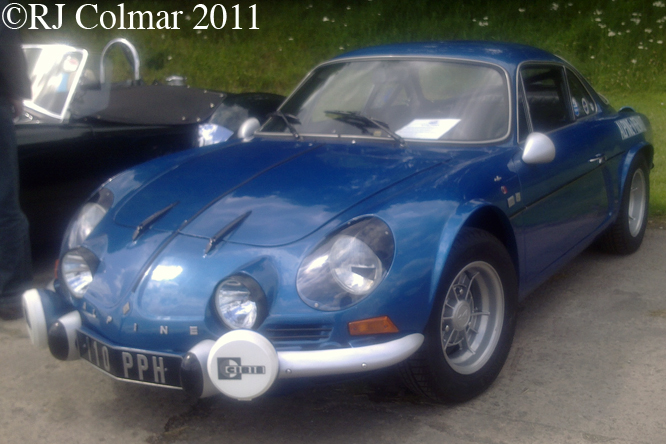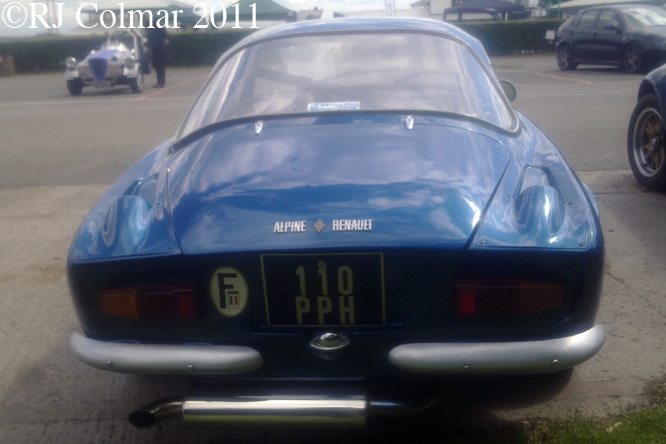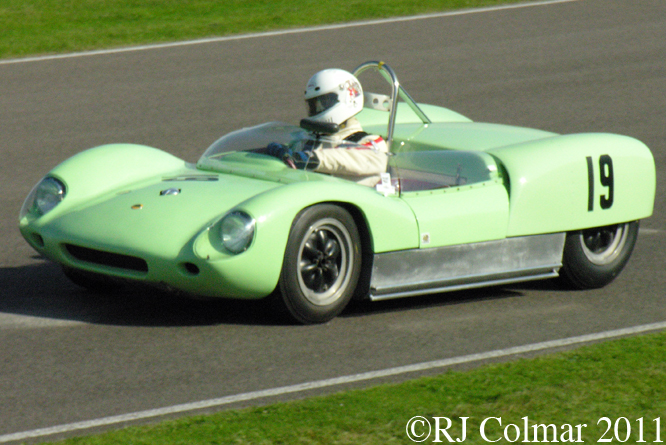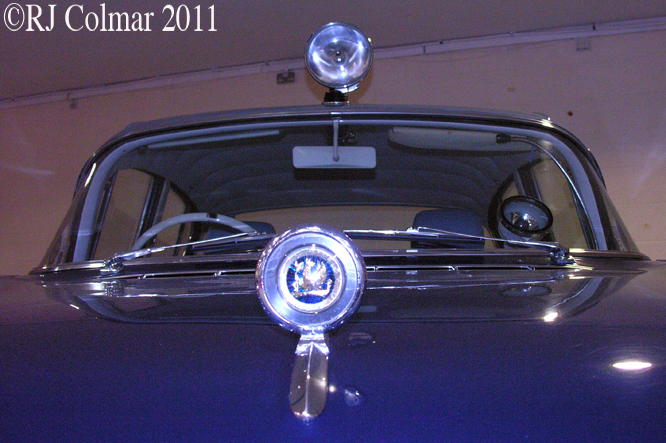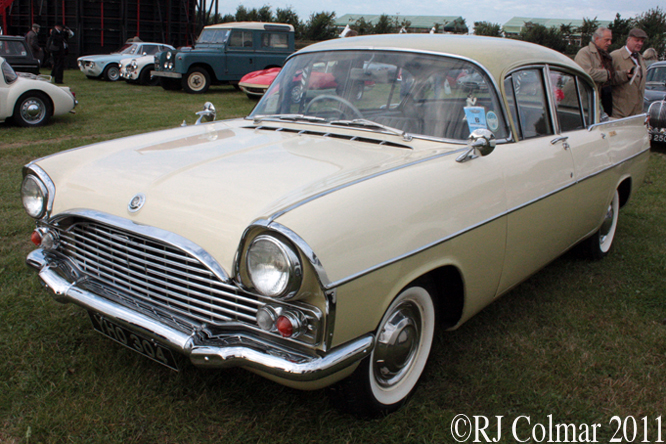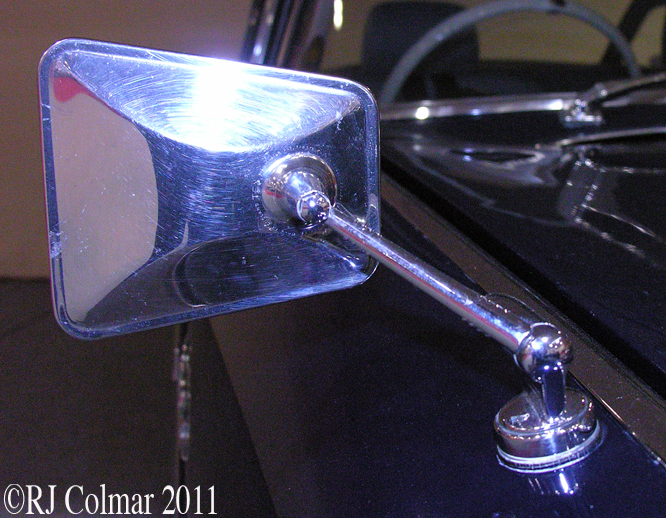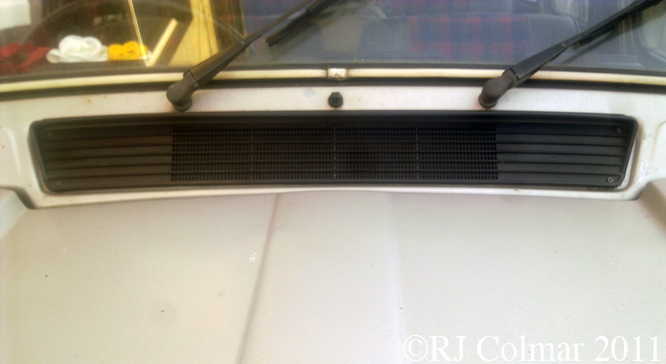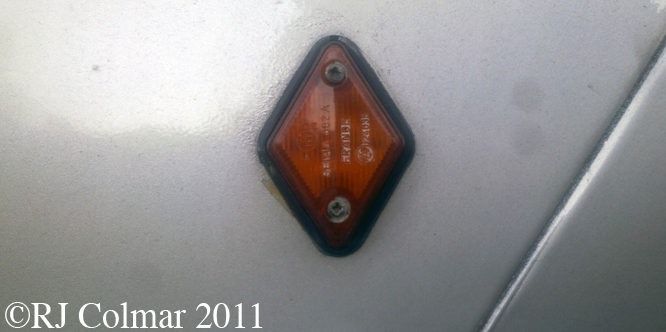Today’s Ferrari 250 GT SWB Berlinetta Competizione chassis #2701 GT was taken by the Ferrri factory it’s debut at the 1961 Le Mans test weekend for Fernand Tavano, Mike Parkes and Jo Schlesser to drive.
After setting the 6th fastest time, fastest in class, #2701GT ended the weekend with accident damage and after being rebuilt Count Carlo & Masalmo Leto di Priolo of Milan bought the car for Masalmo to race in 1962.
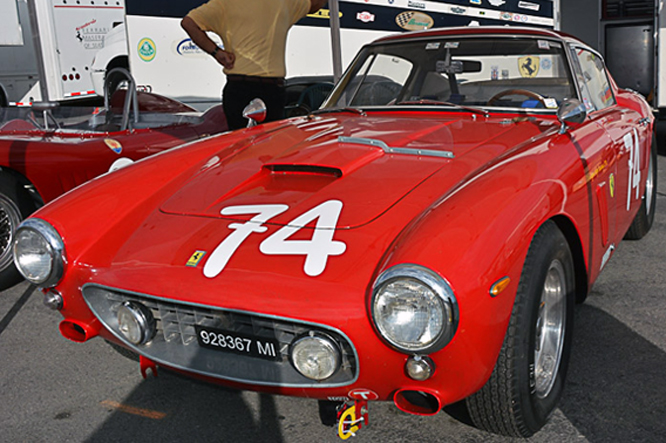
Austrian Egon Hofer bought #2701GT from German Guenther Peter-Lex for DM 6,000 in February 1967 and is known to have driven it to class victory on the Weerberg and Gaisberg hillclimbs.
Egon then took #2701GT to the 1967 Targa Florio where he shared the car with Anatoly Arutunoff where carrying the #74 it failed to finish.
After the original motor was repaired, sold on and replaced with a Ferrari 330GT unit Anatoly bought the car for $3,900.
Since then it has remained in US ownership and is said to have had an unspecified “American drive train” fitted in the 1970’s, which was replaced by a Ferrari 250 GTE motor in the 1980’s.
Current owner Warren ‘Ned’ Spieker has owned the car since 2004 and he shared driving it at Goodwood in 2005 with Sir Stirling Moss in the TT Celebration race.
My thanks to Geoffrey Horton who took today’s photograph at the Rolex Reunion a couple of years ago.
Thanks for joining me on this “Another Austrian Hillclimber” edition of “Gettin’ a li’l psycho on tyres, I hope you will join me again tomorrow when I’ll be looking at a 1952 Allard. Don’t forget to come back now !



